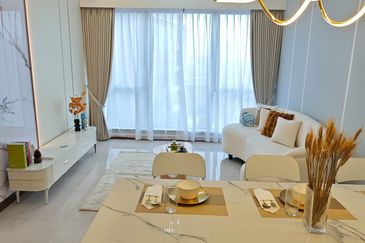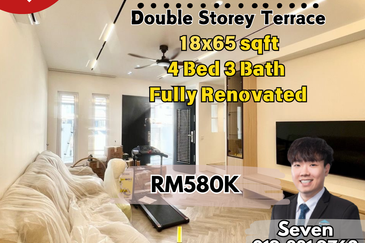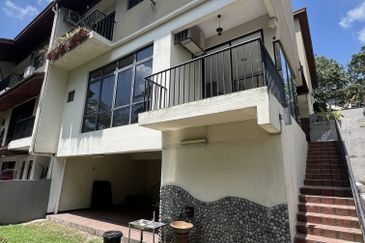

When you buy or build a house, the common concerns are most often the location, design and layout, reputation of the developer and the price. While those are valid concerns, how many of us include energy-efficient features as deciding factors?
Energy efficiency considerations are often overlooked in house-buying decisions but here’s why you should make them a priority:
Better thermal comfort
An energy-efficient home often has a lower indoor temperature compared with a conventional one. This is because it is constructed with materials that make it more difficult for heat to get in. Autoclave aerated concrete bricks, roof and wall insulation materials, and reflective paint, among others, can protect your home from the heat and keep the indoor temperature more comfortable.
Protect your vision
Energy-efficient homes equipped with efficient lighting systems not only help reduce your energy bills but are also better for your eyes/vision and health. Efficient lighting systems do not contain mercury, and are hence safer for the household. They also produce less heat than conventional lights.
Save energy cost
According to the US Environmental Protection Agency (EPA), by using less energy for cooling and lighting and choosing 5-star energy-efficient appliances, a home can deliver 20% savings on annual utility bills. Over the seven to eight years that a typical family lives in an energy-efficient home, you can save thousands of dollars in maintenance cost.
Good for investment
An energy-efficient home is future proof. Never cringe at the thought of higher electricity tariffs. If you are buying houses for investment, this is the kind of house that you want to look for as it will probably have a higher resale value. Apart from that, you may find it easier to rent or sell your house by focusing on all the energy-efficient selling points above.
Retrofitting costs more
If you buy a non-energy efficient home and decide to turn it into an energy-efficient home later, you may need to allocate a big budget to retrofit your house. Plus, the features will be limited to what the house can be adapted to. You definitely can’t change the orientation and if it is built using bricks that absorb heat, you can’t do anything about it except spend more on insulation.
Environmentally friendly
The more energy we consume, the more emissions that harm our environment are produced. Obviously, if you live in an energy-efficient home you will consume less energy/electricity. This benefits the environment as your house indirectly releases less carbon emissions that contribute towards pollution and climate change.
The Building Sector Energy Efficiency Project (BSEEP) is a national project implemented by the Public Works Department, administrated by the United Nations Development Programme and funded by the Global Environment Facility. The big picture of the project is to fight climate change by reducing the annual growth rate of GHG emissions from Malaysia’s building sector.
TOP PICKS BY EDGEPROP

Core Residence @ TRX
Bandar Tun Razak, Kuala Lumpur

Core Residence @ TRX
Bandar Tun Razak, Kuala Lumpur

Core Residence @ TRX
Bandar Tun Razak, Kuala Lumpur

Core Residence @ TRX
Bandar Tun Razak, Kuala Lumpur

Core Residence @ TRX
Bandar Tun Razak, Kuala Lumpur

Core Residence @ TRX
Bandar Tun Razak, Kuala Lumpur

Core Residence @ TRX
Bandar Tun Razak, Kuala Lumpur

Core Residence @ TRX
Bandar Tun Razak, Kuala Lumpur

















